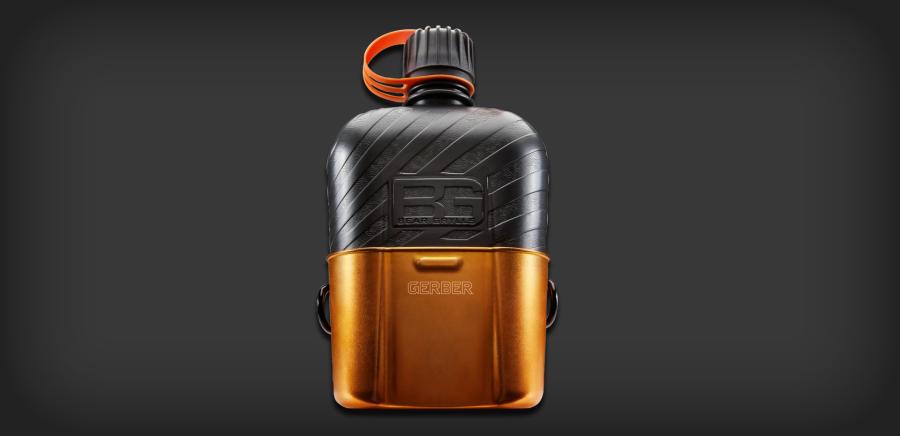Water, Water Everywhere but Not a Drop to Drink
November 19 2017
When we go on adventures out of doors we need to face it that we can’t carry all the water we need for days on end. We need to be able to find it and make it safe to drink. Also bear in mind that without water you will only survive for three days. Staying hydrated should be one of your highest priorities while you are outdoors and you should take every opportunity to top up your water supplies.
IF you are planning a trip into the outdoors making sure you have water at all times is something you need to address in the planning stages of your adventures. You will need to choose camp sites based on their proximity to water so you can have easy access to water for cooking and washing in camp. Lakes, streams and rivers can all be spotted on your map before you start out onto the trail. You will still need to purify this water but finding it should at least be predictable and based on proper preparation before you head out.
If you find yourself in an emergency or survival situation then you might not have as much preparation to rely on. If you are lucky you can just collect rain water by catching it on a tarp and channelling it into a container. Streams and rivers can also obviously be a great source of water and in temperate regions are often easy to find, sometimes though especially if you are travelling in arid regions finding the water is the hard part.
You might need to use all your knowledge of the land to find a stream or spring, or resort to digging a well or collecting water from the ground or plants as they lose it due to evapotranspiration. If you have learned your craft well you will know that you can dig a shallow well often known as a gypsy or Indian well in saturated ground or the outside bend of a dry river bed. With these shallow well’s you aren’t trying to reach aquifers but rather create a depression in which to collect the water from the already sodden ground.
These well’s shouldn’t need to be more than a foot or two deep and will gradually collect the water as it leaches in from the surrounding ground. The well can be lined with grass to act as a filter for soil and other suspended particles. This simple filter won’t be enough to get all the suspended solids out of the water though, nor sufficient to purify it.
What equipment should you carry then to purify the water you collect?
First of all a filter to remove and suspended particles will be necessary, this can either be improvised from a piece of fabric such a bandana or selected from amongst a range of products from DNA Tactical. Straw style filters like the Aquamira Frontier filter allow you to drink strait from a stream or well or from a container of collected water, they not only filter out suspended solid particles but they meet EPA standards for the removal of Cryptosporidium and Giardia. They also reduces chlorine, chemicals, taste, and odor.
Alternatively you could use a filter which pumps water from source into your water container, some water bottles are even equipped so that they can be filled with un-purified water and be filtered and purified it as you drink.
If you don’t have access to these filtration systems you can use basic purification tablets or drops as long as you have already filtered out suspended particles. These options are so light weight that there is really no excuse to not carry some when you are out on adventures. Even without any of these purification and filtration devices you can still purify water thoroughly by bringing it to a rolling boil for two minutes as long as you have a cooking pot.
Once you have shelter and fire water is going to be your greatest priority in a survival situation, never forget it.
Recents Posts
September 26 2018
Train Like You Fight with a Good Set of Ear Plugs
July 04 2018
A Holster by Any Other Name is Still a Holster
June 03 2018
DNA Tactical Self-Defense Tools
May 15 2018
A Guide to Handgun Holsters
April 19 2018
Waistband v. Shoulder v. Ankle: The Great Holster Debate
April 05 2018
Essential Gear Components for Disaster Survival
March 22 2018
Protecting Your Eyes on the Range is Plain Common Sense
January 24 2018
Customize Your Gear to Win the Fight of Your Life
January 19 2018
How to Choose A Hand-Held Light
January 11 2018
How to Choose a Hands-Free Light
January 08 2018
The Right Holster for Everyday Carry? You are Your Own Expert
December 11 2017
Emergency Outdoors Medicine and Rescue
December 10 2017
Cordage and Accessories for Survival and Outdoors
December 03 2017
Choosing and Using Survival Knives
November 25 2017
The First Priority of Survival
